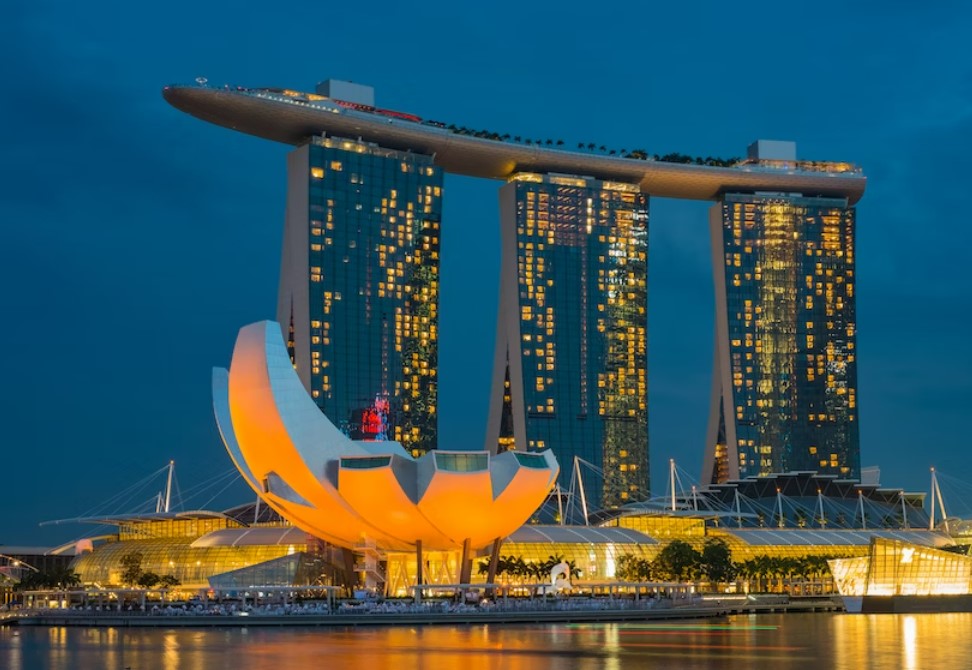Contrary to the Western markets, there is a growing consensus that the Asia Pacific is emerging as a relatively safe harbour in these turbulent times. Price pressures are relatively subdued in most of Asia, which suggests that central banks may not follow Western economies with aggressive rate hikes.
The developed economies of the Asia-Pacific region are experiencing inflation rates running below those of the West, although these economies are not immune to tightening financial conditions and slowing global economic growth. However , the Asia Pacific region contains tremendous diversity in the extent to which global economic trends are being felt locally. It’s two largest economies, Japan and China, are seeing stable or loosening monetary policies as the rest of the world tightens. Meanwhile, monetary conditions in the smaller economies in the region closely resemble the dynamics in Western nations.


Furthermore, spending in the Asia-Pacific Region, and especially China is recovering strongly: Although growth in discretionary spending is moderating, regional consumption demand is expected to remain resilient in 2023 as the tight employment market continues to underpin wage growth and boost personal finances.
RELATED: Maxim Research Update: Society Pass (Nasdaq: SOPA) – Compelling Valuation, Price Target $2.75
Open Report: REPORT
Around 72% of retailers expect further sales growth this year and are planning to open new stores over the next 12 months. Among the major retail trades, fashion and cosmetics will enjoy the strongest rebound in sales, while those in the luxury segment will normalise.
Mainland China’s re-opening is fuelling hopes of growth in tourist spending, with Hong Kong SAR and Southeast Asia set to be among the main beneficiaries. Mobility in major mainland Chinese cities is recovering now that infections have peaked, underpinning a sizable rebound in retail sales. Policy stimulus to boost the retail market, such as incentives for purchasing home electronics and new energy vehicles, is likely to be introduced over the course of the year.
Thanks to the economic recovery in mainland China and the return of tourists, Hong Kong SAR’s retail market is poised to recover in 2023, although the sluggish housing market may weigh on local spending.

In summary, the Asia-Pacific market will be more stable during this economic headwind, given the following main reasons:
- Weaker Inflation
Inflationary pressure will continue to decline on the back of weaker global demand, lower energy and food prices and improving supply chain efficiency.
Australia, New Zealand and India are the only major Asia Pacific economies forecasted to see inflation reach 5% or more in 2023, with that
in other markets expected to pull back to under 3.5%.
- Peak Interest rates
The Fed Funds Rate is projected to peak at around 5.25%-5.5% in mid-2023, ending the steepest rate hike cycle in history. Further interest hikes in major Asia Pacific markets are not expected to exceed a total of 100 bps in 2023, with Japan and mainland China the exceptions in keeping rates low.
- Mainland China Recovery
Asia Pacific GDP is forecasted to grow by 3.6% in 2023, maintaining the pace set in 2022. Performance across the region will be polarised, with growth in mainland China set to pick up to 4.9%, but expansion in the region’s mature economies including Australia, Japan and Singapore forecasted to fall to sub-2.0%.
$SOPA, $SOPA












